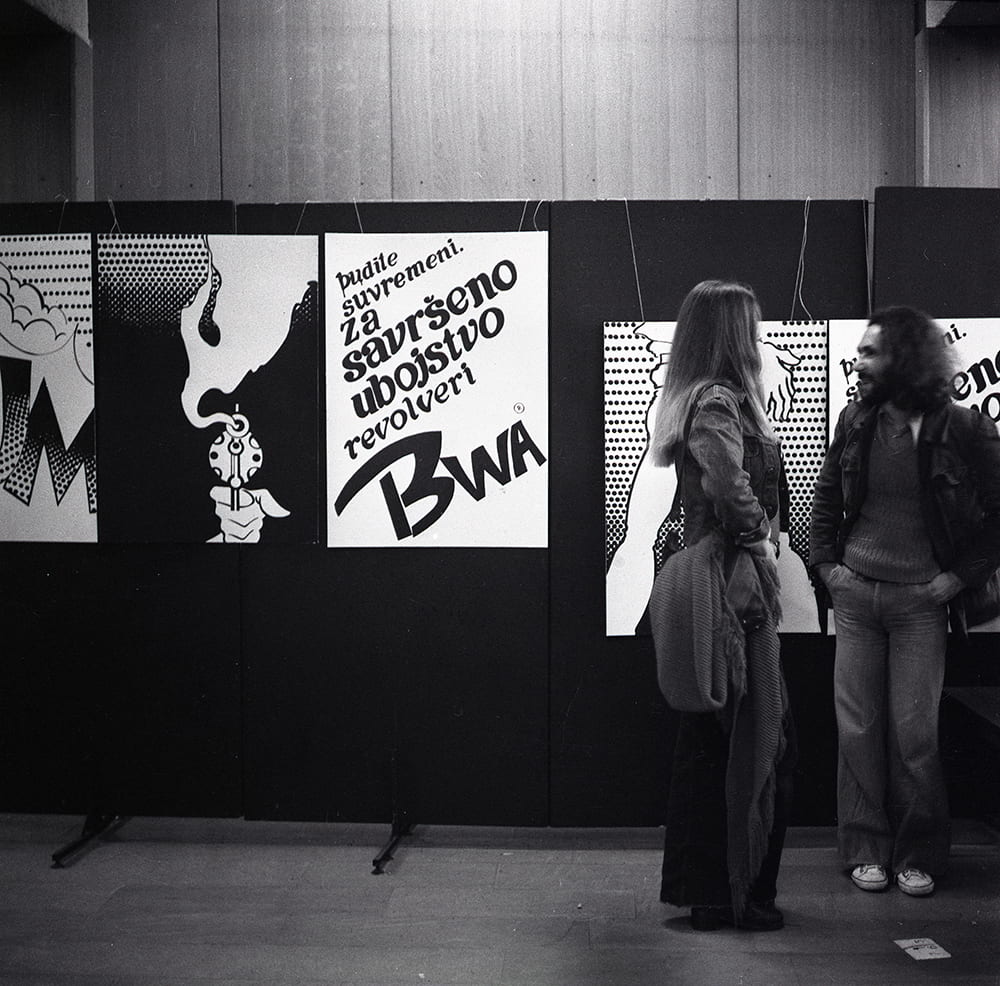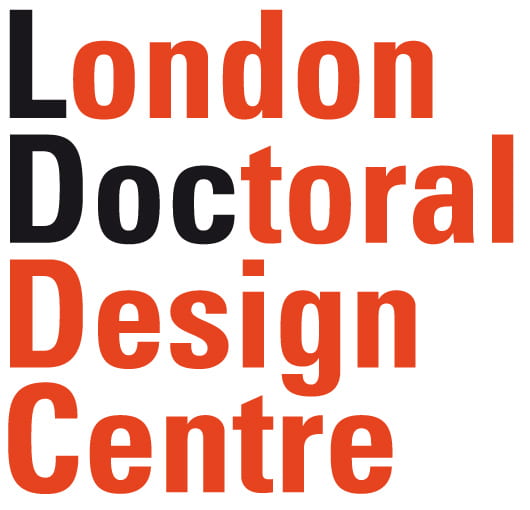
Boro Ivandić, 1972, BWA, digitalised photography of the work, Student Cultural Centre Archive, Belgrade
This design research introduces the origins of critical and speculative design in former socialist Yugoslavia. It identifies and maps the practices, methods, and tactics employed and build on these insights to redefine the historical narrative of the practice taking it beyond the Western context. Historical and contemporary discourse is focused mainly on the work born out of work the RCA London, with occasional reference to 1960s Italian Radical Design. More recently, some authors have alluded to alternative forms of the practice, particularly the ones coming from Eastern and South-eastern Europe, challenging Western socioeconomic and political hegemony. Despite the initiative, this field remains uncharted.
Situated between the capitalist West and the communist East, Yugoslavia’s specific non-alignment and self-managed socialism gave birth to critical and speculative approaches that were transdisciplinary, experimental, and politically and socially engaged. Practitioners and theoreticians engaged with contemporary design discourse and built on methods and tactics of historical discursive art and design practices. They explored, questioned, and directly challenged political, social, and economic reality. Critical discourse in the country did not exist only as opposition or academic research practice. It sought to actively reform, question, and challenge the socio-political status quo.
